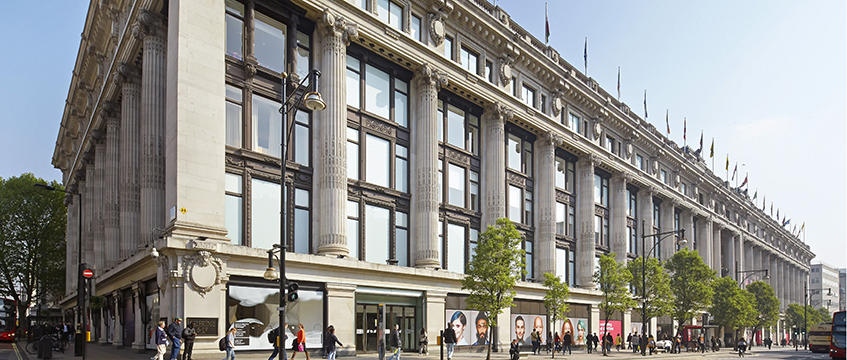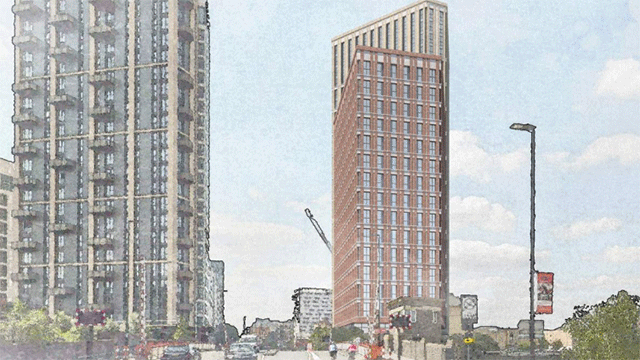COMMENT As the 28th UN Conference of the Parties gets underway this week amid ever shakier geopolitics, let’s ponder, is COP relevant?
That’s not to question its purpose. Having advised on sustainability for nearly 15 years, I’m all for global efforts to tackle climate change. But does COP resonate as the call for action we all need as individuals? That North Star for a collective response that has impact?
The property industry has become familiar with figures on carbon emissions from the built environment. Change is needed, and net zero pathways and sustainability charters have been built into development and business planning. As legislation on retrofitting and the green agenda plays catch-up, there is real ambition in the property industry to create low-carbon, low-impact buildings and innovation to meet these needs.
Unified benchmarks
Structural change needs to be supported by operational adaptation, however, and even with the best property management systems in place, there needs to be some accountability for adapting human habits to think green first: on how we use property, how we use energy and how we become more circular in our usage. The risk we face is that COP is perceived as a global event for global issues. How can we translate COP into something that impacts each of us at a local level and to avoid a paralysis because the challenge is too great? The call for #actionism at COP28 is welcome.
COP28 UAE will be a milestone moment and the first global stocktake of progress made since the Paris Agreement. This could provide the toolkit for localising COP and a framework for where focus is needed, giving tangible actions and a unified benchmark to work towards.
The pandemic taught us that shock seismic events can force good outcomes when it comes to behavioural change. But forced change tends to be unsustainable. It is gradual behavioural change that stands the test of time. With this mindset, we are building better homes at Wembley Park where energy prices are comparatively low because of the insulation in the quality of build and the efficiency of management systems, rather than because of fluctuating energy prices. Today, all Quintain apartments are EPC B rated which we are proud of but continue to look to improve.
We are working with our supply chains to explore what we could be doing and using to make our buildings ever more efficient, but within these efforts we are also conscious to ensure buildings – homes – are designed to be interesting and comfortable. Uniformity on how we build helps with circularity and waste thanks to efficiencies of scale, but we must balance this with design that remains varied and interesting. This balance should ensure that the way we design our homes to look brings a sense of pride and joy to our residents. We know this is important in contributing to the wellbeing of our communities, as is access to good public realm.
The design of Repton Gardens – our newest residential development of 396 build-to-rent homes that opened at the start of this year – responded to what had been learned elsewhere on the Wembley Park estate, from whole body carbon to where materials were sourced from. In this net-zero journey, what is good today could be better tomorrow and we are asking all the right questions to ensure we continue to adapt.
Landlords must lead
When it comes to behavioural change and how to translate COP targets, we are always looking to improve how we promote more sustainable approaches. As an industry, we can talk of the advantages of environmental improvements in design to developers, architects, contractors and investors. To connect with our residents, it is the cost saving through energy-efficient design that resonates more than the specifics of how much energy is being saved. We know many of our residents are in the early stages of their climate-conscious journey. As a responsible landlord, we believe it is down to us to inform our residents on what (other than recycling) can be done to reduce our environmental impact, and the BTR sector has a unique opportunity to bridge this gap.
So, for COP28, let us hope for simple targets from a global stocktake that provides the clear messaging people can get behind. And, as a property industry, let’s mobilise the communities we work with to engage in the climate conversation.
As a final thought, the establishment of a Loss and Damage Fund was, for many, the highlight of COP27. It aimed to provide financial assistance to nations most vulnerable to the effects of climate change. The recent flooding across the UK should act as a calling card for how real climate change is. It is not someone else’s problem.
Clare Masters is head of sustainability at Quintain











